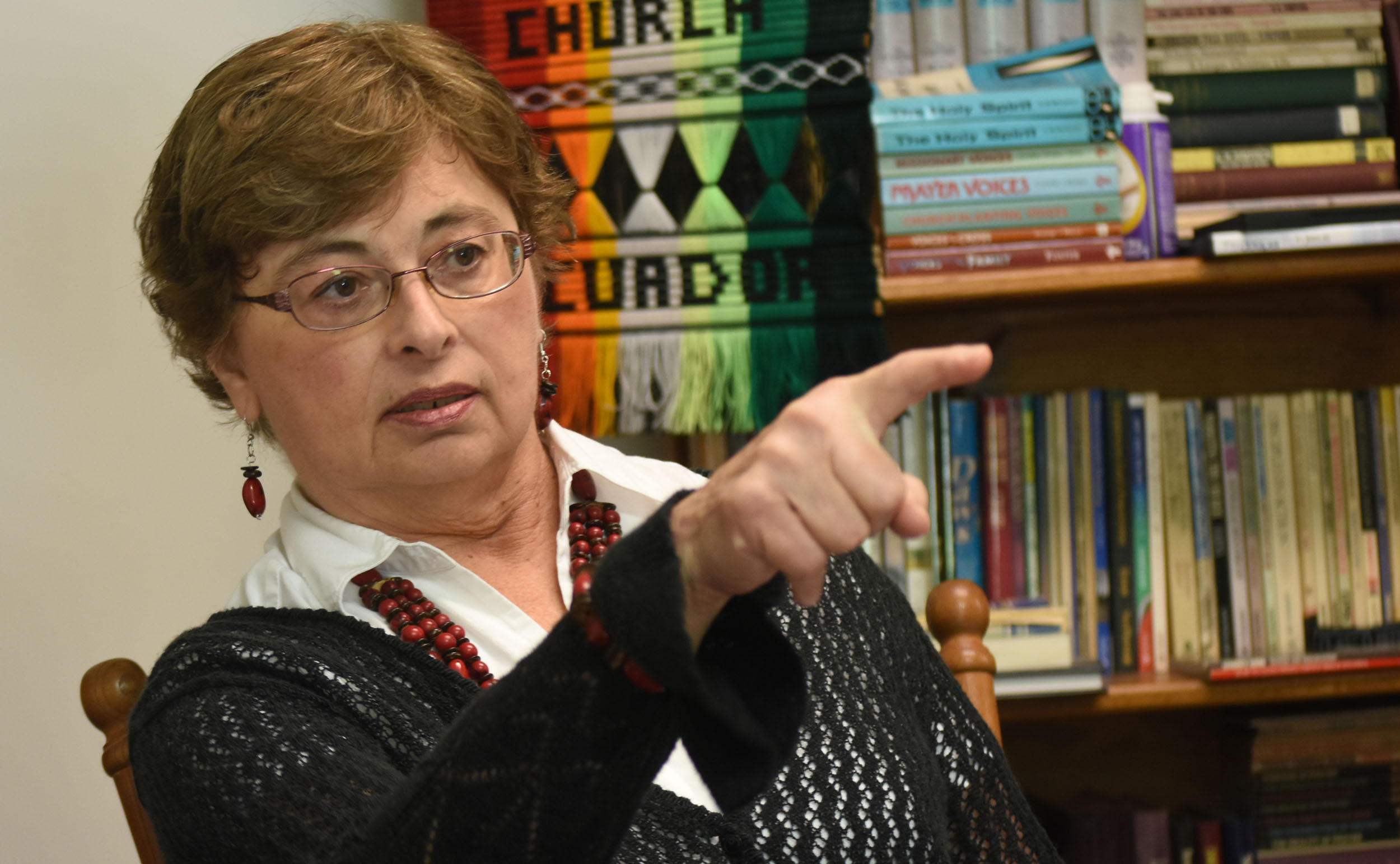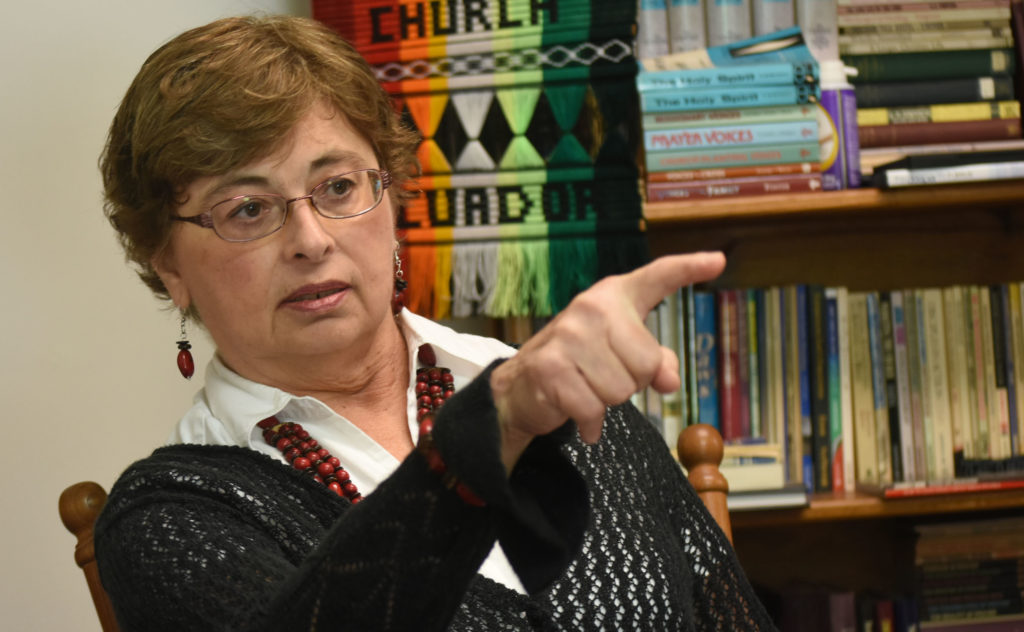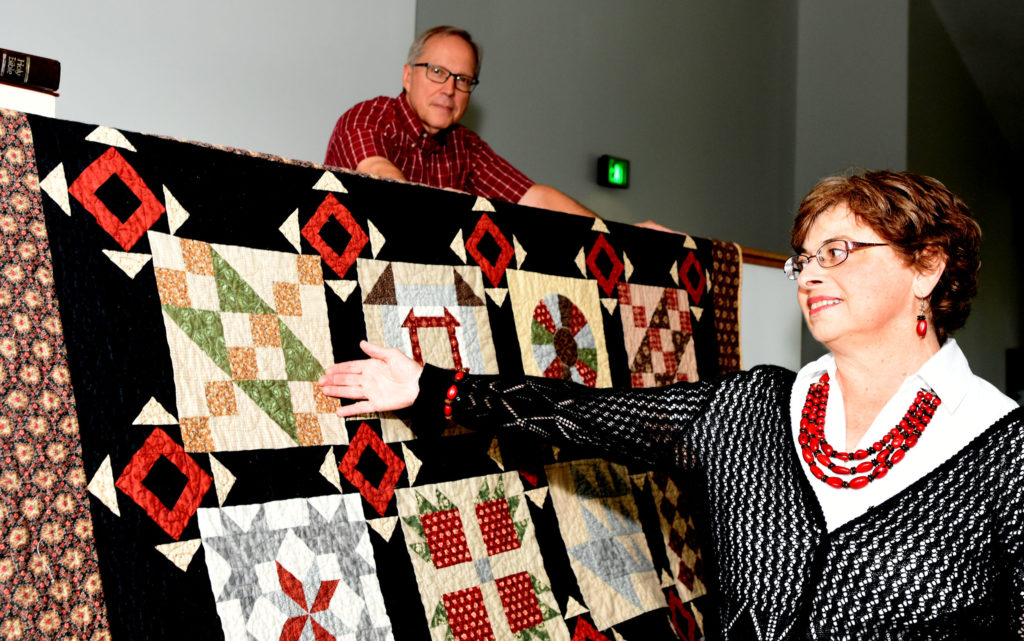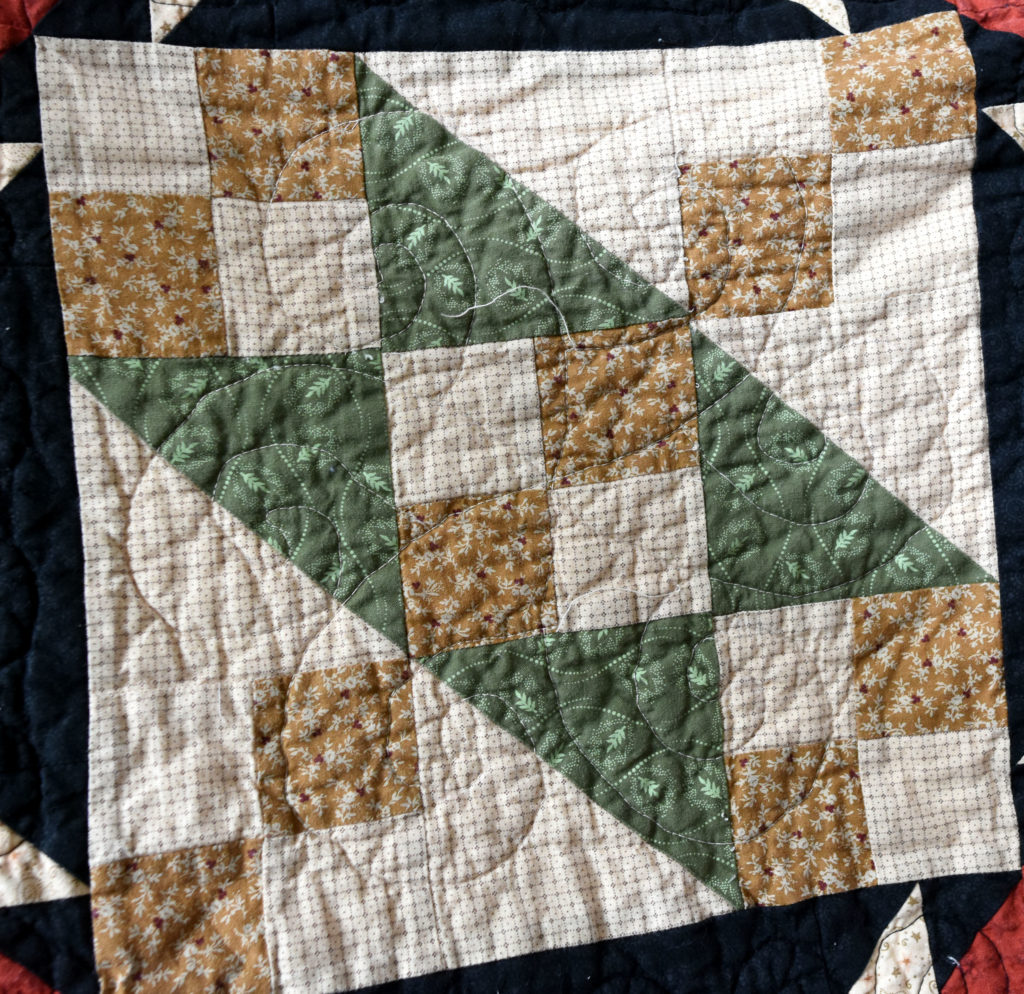
By Erica Wright
The Birmingham Times

Judy Higey came to Birmingham 13 years ago from Cleveland, Ohio, with her husband, Ron, who is pastor of the Birmingham International Church, known at the time as the Vestavia Alliance Church. The couple grew the congregation from traditionally Southern white to an international church with people of all races and ethnic backgrounds.
The Higeys both are students of history. Ron has looked into Birmingham’s segregated past, while Judy is knowledgeable of the Underground Railroad.
“I became interested in the Underground Railroad as a little girl,” she said. “I lived in Cleveland, which I’ve learned was the main terminal city for the slaves to come to and escape to Canada. I had a great aunt and uncle who owned a home in Cleveland that had been a safe house at one time, so I remember going in the secret room where the slaves would hide on the final leg of their journey.”

The Underground Railroad is not Higey’s only interest, though: she has also been making quilts for 20 years. And she decided to combine her interests: “I thought, ‘Why not?’”
Sending a Message
After two years, Higey recently completed a quilt tailored to the history of the Underground Railroad. She went online and found fabric for different patches, each of which represents a different code that slaves passed verbally from generation to generation.
“[The code] really wasn’t known because nothing was written about it until a black lady who made quilts told it to an author,” she said. “The monkey wrench patch, [for instance], was from the blacksmith who was a slave on the plantation. He would know when the time was right for the slaves to start taking off, so he would send a signal through the quilt. He would hang it on a door or a fence, and the slaves who wanted to escape knew it was time.”
Higey patterned her quilt after the originals, where each patch communicated a different message to slaves planning their escape. The wagon wheel patch, for example, reminded them to get prepared by gathering things they would need along the journey, such as tools.
“People would hang quilts as a signal,” said Ron Higey. “The slaves would know the meaning of the quilt, whereas white people would look at a quilt and just see a quilt, so they wouldn’t recognize that there was a message.”
Accompanying the quilt were songs that conveyed messages, as well, Judy Higey said.
Higey’s quilt includes 20 patches—the North Star, a sailboat, bow ties, flying geese, and others—all of which chronicle the slaves’ journey from captivity on plantations to freedom in Canada. One particular patch, the log cabin, has a special meaning.
“On a traditional log cabin pattern quilt the center square is yellow or red to indicate a warm home, but mine has a black square,” she said. “Well, if a quilt with a black square was hanging on someone’s door, the [slaves] knew it was a safe house, it was a symbol to let them know they could hide there. I’m sure my aunt and uncle’s house had one of those.”

Handiwork from the Heart
Though Higey is proud of her quilt and what it means, she is not one to show it off in museum exhibits; she shares it with family and friends only. And she’s never sold any of her quilts.
The first quilt she made was about a trip around the world. Then she started making quilts for each of her grandchildren—she has eight, and a ninth on the way in October.
“For my youngest grandson, who’s about to be born, I made a sock monkey quilt … because [my daughter] loved sock monkeys and would play with them all the time,” she said.
Higey said she loves quilting despite some of its challenges.
“It can be frustrating sometimes, but I want to do it right, so I’m learning,” she said. “I might start one and then take it apart because I’m going to do it right. When it is right, it’s very rewarding. It can be frustrating when I first realize it, but it’s not going to get the best of me.”




